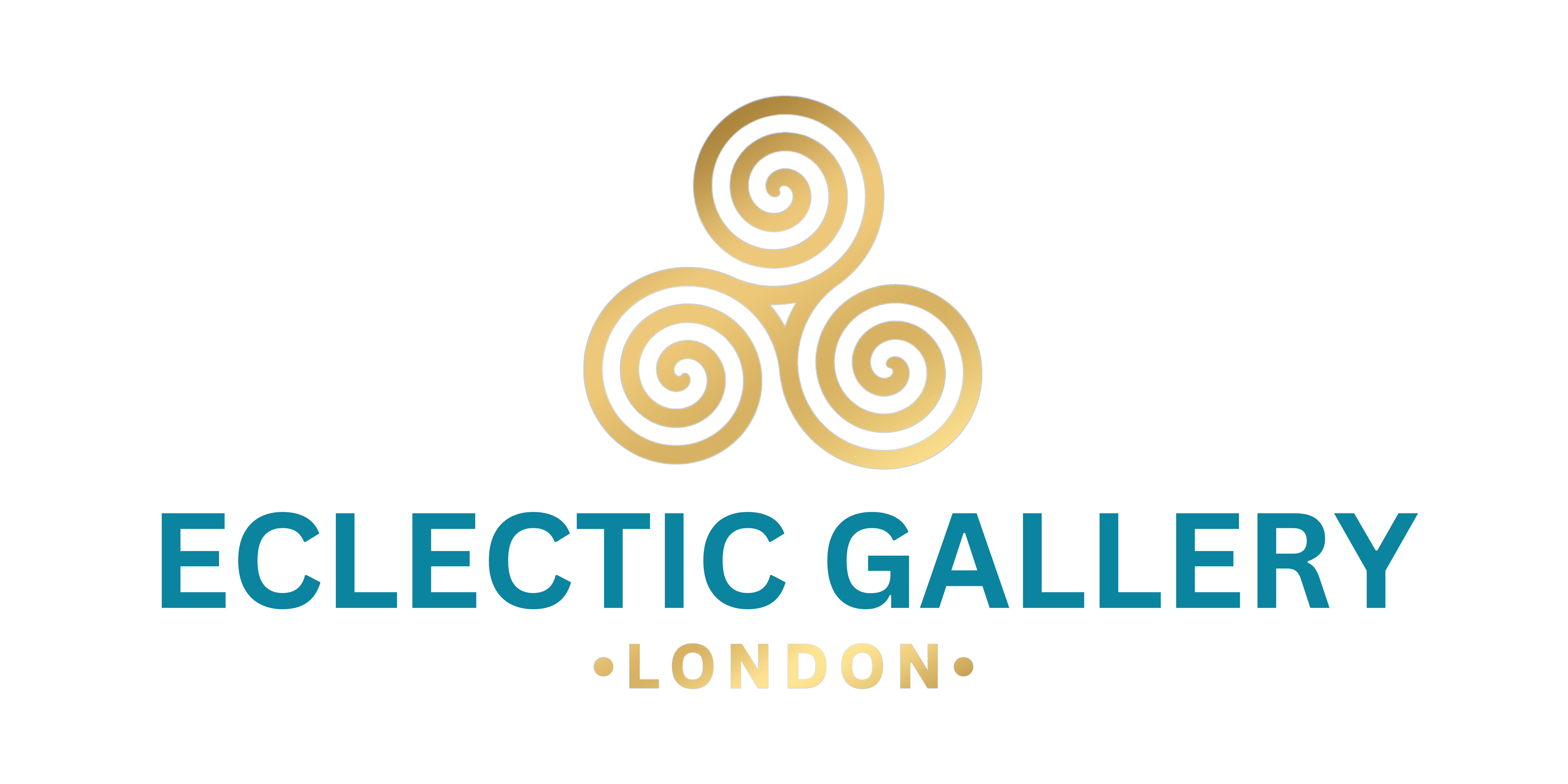Art has long been recognized for its profound impact on the human psyche. From evoking powerful emotions to stimulating the depths of our imagination, visual stimuli have a unique ability to influence our minds in various ways. In this blog post, we will delve into the fascinating intersection of art and psychology, exploring the psychological effects of visual arts and the intricate workings of the human mind when exposed to artistic expressions.
Visual arts possess a remarkable capacity to evoke a wide range of psychological responses. Whether it's the serene beauty of a landscape painting, the haunting intensity of a portrait, or the abstract complexities of modern art, each artistic creation has the potential to leave a lasting impression on the viewer. Studies have shown that engaging with art can stimulate areas of the brain associated with emotion, memory, and cognition, leading to heightened levels of creativity, introspection, and introspective thinking.
The concept of visual stimuli in art refers to the sensory information that our eyes perceive when viewing an artwork. It encompasses not only the colours, shapes, and textures present in the artwork but also the overall composition and arrangement of elements. Visual stimuli play a crucial role in shaping our psychological responses to art, influencing our mood, thoughts, and perceptions.
Psychological analysis in art involves examining the underlying themes, symbolism, and imagery present in an artwork to gain insights into the artist's intentions and the viewer's emotional response. By analysing elements such as colour, form, and subject matter, psychologists can uncover the deeper meanings embedded within an artwork and explore how these elements interact with the viewer's subconscious mind.
Art has the power to stimulate the mind in profound ways, triggering complex cognitive processes and emotional responses. When we see art, our brains are activated in areas associated with perception, emotion, and memory, as we interpret and make sense of the visual information before us. This process can lead to a heightened sense of awareness, increased empathy, and a deeper appreciation for the beauty and complexity of the world around us.
Creativity is closely linked to brain function, with artistic expression often serving as a reflection of our cognitive processes and imaginative faculties. When we engage with art, whether as creators or observers, we tap into our innate capacity for creativity, allowing us to explore new ideas, perspectives, and possibilities. This creative stimulation can have profound effects on our psychological well-being, fostering a sense of purpose, fulfilment, and self-expression.
The relationship between psychology and art is a complex and multifaceted one, with each influencing and enriching the other in profound ways. Psychologists study the psychological effects of art to better understand how visual stimuli impact human behaviour, emotions, and cognition, while artists draw upon psychological principles to create works that resonate with viewers on a deep and meaningful level.
Visual perception plays a crucial role in how we interpret and respond to art. Our brains are hardwired to process visual information rapidly, allowing us to perceive depth, form, and colour in intricate detail. Artists leverage this innate ability to create visual illusions, manipulate perspective, and evoke powerful emotional responses in their viewers.
Art has the power to shape our psychological development and enhance our overall well-being. By engaging with art, whether through creation or observation, we can gain valuable insights into our own thoughts, feelings, and experiences. Art therapy, in particular, has emerged as a powerful tool for promoting mental health and emotional healing, allowing individuals to express themselves creatively and explore their innermost thoughts and emotions in a supportive and nonjudgmental environment.
In conclusion, the psychological impact of visual arts is profound and far-reaching, influencing our emotions, thoughts, and perceptions in myriad ways. By exploring the intricate relationship between art and psychology, we can gain a deeper understanding of ourselves and the world around us, enriching our lives in profound and meaningful ways.
At Eclectic Gallery, we are deeply aware of the transformative power of art on the human psyche. Our collection features a diverse range of artworks curated to evoke emotional and psychological responses in our viewers. From captivating landscapes to thought-provoking abstract pieces, each artwork in our gallery is selected with the intention of engaging and inspiring our audience. We invite you to explore our collection and experience the profound psychological effects of visual art for yourself.

